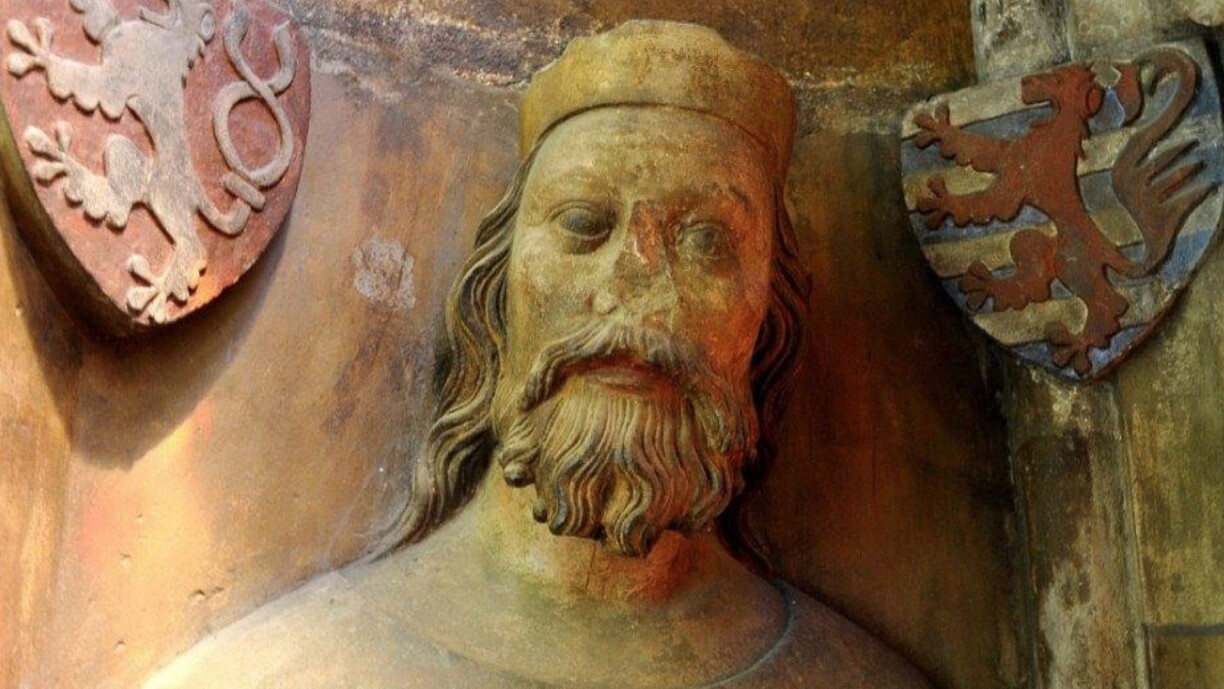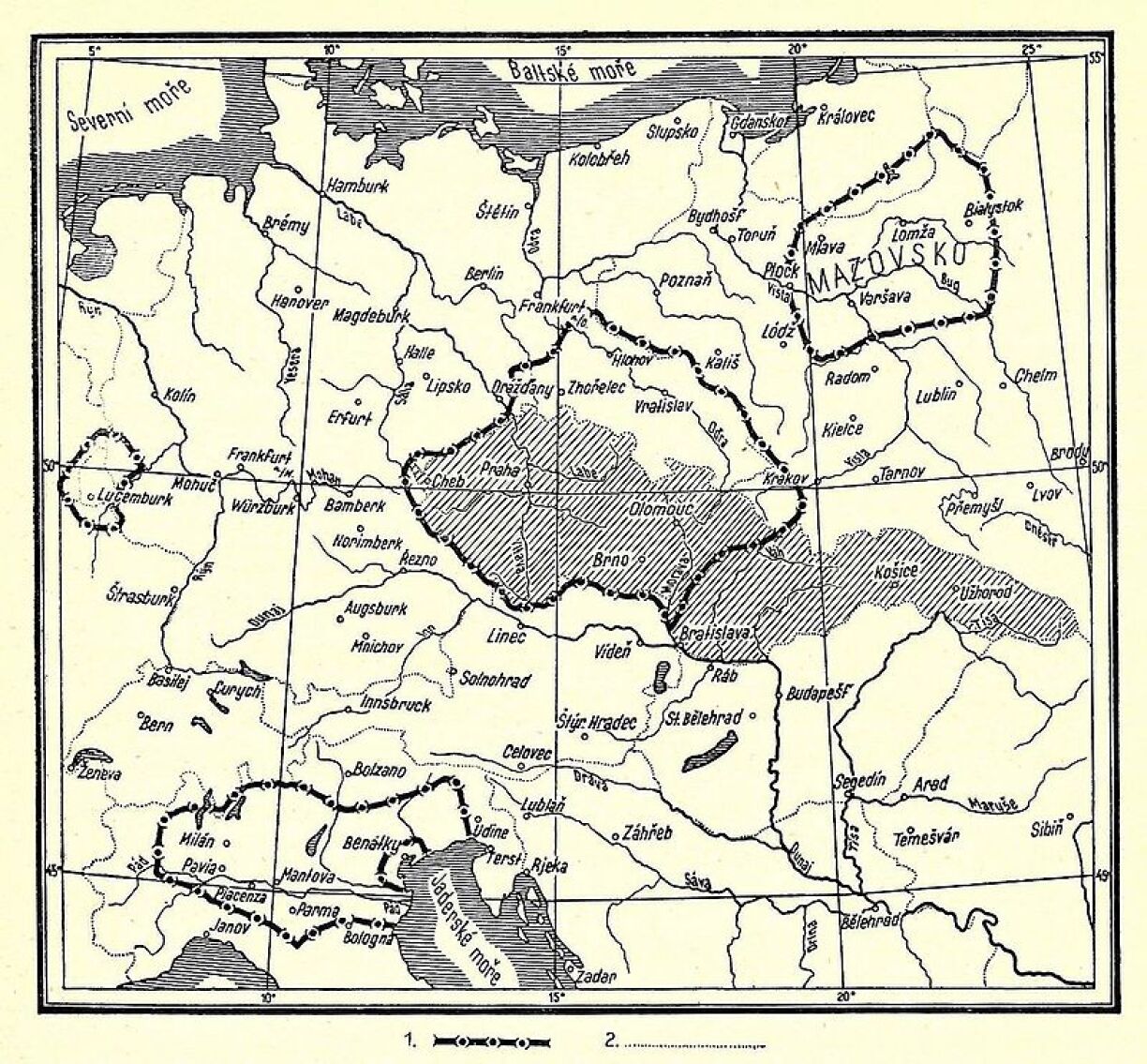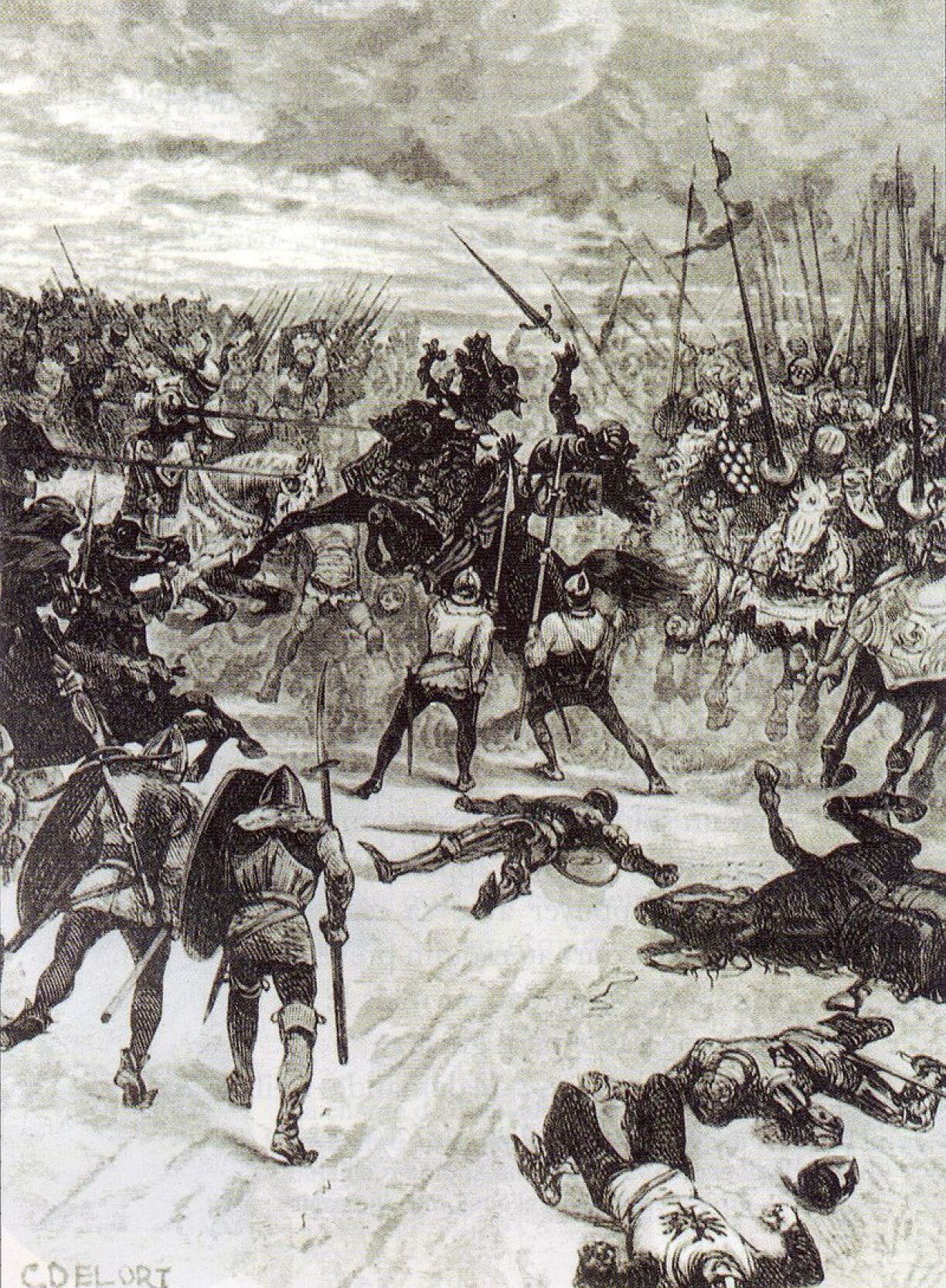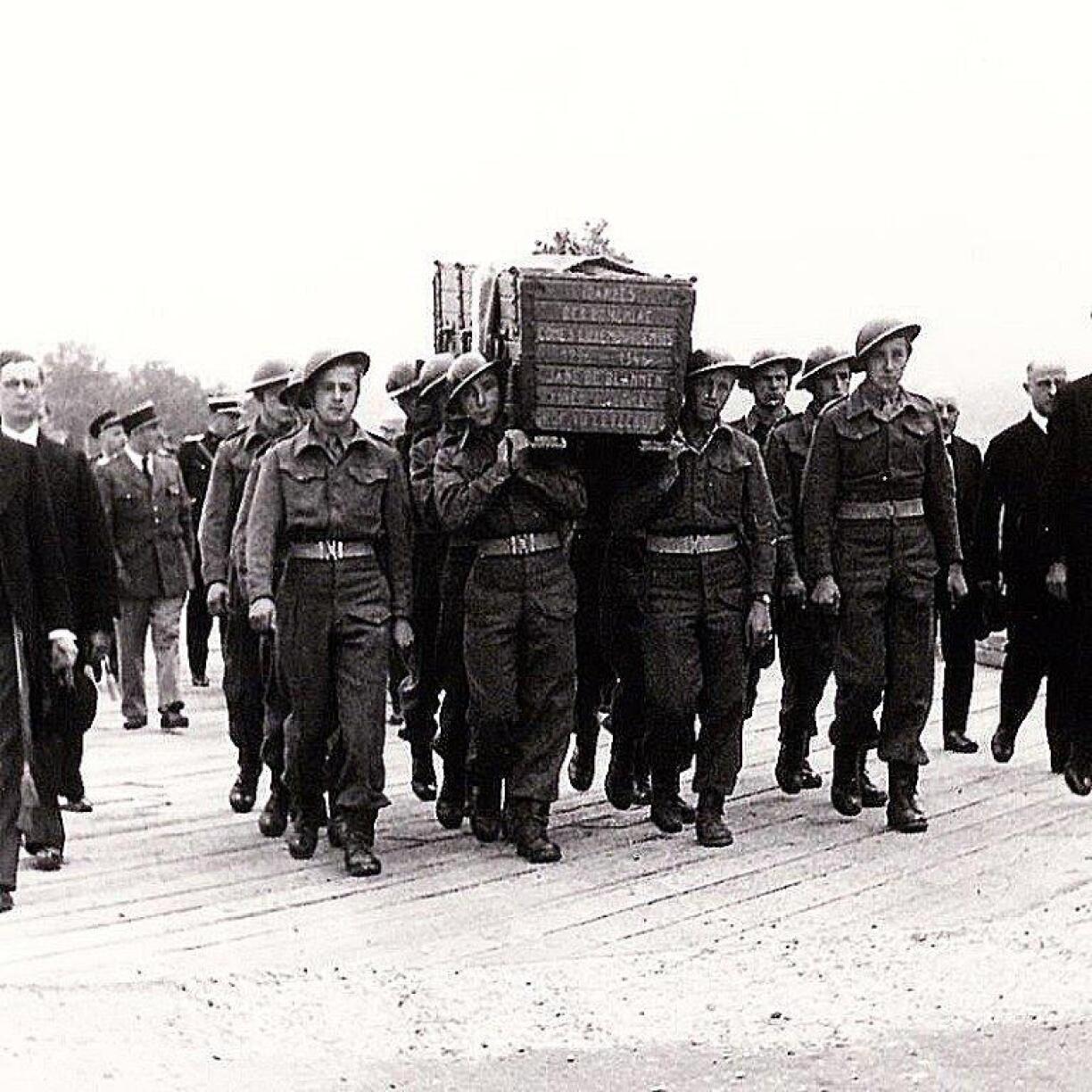
But how did this 14th-century ruler from the House of Luxembourg capture the imagination of generations? In this episode RTL contributor Tom Tutton delves into the life of John the Blind.
Today, we’re looking at one of Luxemborug’s most important historical figures, and the tradition he created which has continued to this day.
John the Blind, born in 1296 to Count Henry VII of Luxembourg, came into the world during a challenging period for his family. Shortly before John’s birth, the House of Luxembourg suffered a significant setback at the Battle of Worringen in 1288.
Despite these difficulties, John’s father managed to turn things around. By 1308, he was elected King of the Romans, and in 1312, he was crowned Holy Roman Emperor. Unfortunately, he passed away in 1313, leaving a young John with monumental expectations to fulfill.
John’s ascent began with strategic marriages and military successes. At just fourteen, he married the heir to the crown lands of Bohemia, earning him the title John of Bohemia. His reign saw the expansion of his territories, including taking Silesia for his Bohemian lands, and the construction of alliances and castles.
John also earned a reputation as a model knight, known for his chivalry and his participation in crusades against the Lithuanians. His extensive territories made him a significant player in European politics, drawing him into the Hundred Years’ War, a conflict that would define his legacy.

John’s life ended at the Battle of Crécy on August 26, 1346, a pivotal clash between French and English forces. By this time, John had lost his sight due to smallpox in 1336. Despite his blindness, he chose to lead his troops into battle, a testament to his unwavering commitment and valor.
During the battle, John reportedly ordered his knights to place him at the forefront, symbolizing his dedication to his allies and cause. Though the battle was disastrous for the French, John’s personal courage stood out. He died fighting alongside his French allies, surrounded by his knights. His death was not only a profound loss for the French but also recognized by the English.

John’s legacy was immortalized through the work of poet Guillaume de Machaut, who lauded him as a chivalric hero rivaling figures like Hector and Alexander the Great. The imagery of John as a legendary figure was reinforced by his death at Crécy. Medieval chroniclers such as Eustache Deschamps and Jean Froissart portrayed John as having sacrificed himself for his ally, the French King.
Even the English recognized his significance, with a well-known myth suggesting that Edward, the Black Prince of England, adopted John’s emblematic feathers and motto “Ich Dien” after seeing his body on the battlefield. While this story is now considered more myth than fact, it reflects the impact John had on his contemporaries.
Back in Luxembourg, John’s legacy continued to grow. John’s ancestral links with Luxembourg ensured that his body was moved to the Altmünster Abbey after his death. There, it became a sort of tourist attraction, with ceremonies to mark the anniversary of his death. When the old Abbey was destroyed in 1543, the only tomb to survive was John’s, reflecting his enduring importance two centuries after Crécy.
Interestingly, although most accounts agree that John did indeed lose his eyesight during his lifetime, his epithet – the Blind – did not enter into common usage until hundreds of years later. It was only then that historians François Pierret and Jean Bertholet popularized the moniker, emphasizing John’s connection to Luxembourg.
During the French revolutionary period, John’s remains were smuggled out of Luxembourg to protect them. After some time in Mettlach, Prussian Crown Prince Frederick William arranged for a mausoleum to be built in Kastel, where John was reburied in 1838. The mausoleum became a point of contention between Luxembourg, Belgium, and Prussia, further elevating John’s status.
In 1844, Luxembourg’s Dutch King William II even contributed funds to build a mausoleum for John. Although this goal was not realized in the 19th century, John became a central figure in Luxembourgish nationalism and was featured prominently in the country’s schoolbooks.
John’s contributions included founding the Schueberfouer in 1340, an annual fair that remains one of Luxembourg’s most significant events.
As the school holidays end each summer in Luxembourg, excitement builds for the Schueberfouer, the country’s largest and most cherished funfair, loved by both children and adults. But how has this tradition lasted through the centuries, and what does it mean today?
Founded in 1340 by John the Blind, the Schueberfouer originally began on the eve of St. Bartholomew’s Day, or Harvest Day.
Back then, it was a market for cattle and agricultural goods, lasting only eight days compared to the current 20-day duration. The name “Schueberfouer” likely comes from its original location, the Schubert (now known as Plateau du Saint-Esprit), or from “Schober,” meaning barn.
In 1610, the fair moved to the Glacis, where it remains today. Over time, it transformed from a market into a funfair, adding games and shows in the 18th century and introducing its first rollercoaster in the early 20th century. Spanning 4 hectares, the Schueberfouer features 180 attractions, including classic rides like Ferris wheels and roller coasters, as well as a diverse range of food options, such as Gromperekichelcher and Fouerfesch.
Visitors can also explore the Allée Scheffer, where vendors offer goods like nougat and kitchenware. While daytime is family-oriented, evenings at the fair offer vibrant nightlife with bars and live performances, complemented by colorful lights on the rides.
The fair traditionally opens with a ceremony by the mayor and a mutton march known as the Hämmelsmarsch, where musicians in 19th-century attire lead a flock of sheep through the streets.
Although the Schueberfouer was disrupted in 2020 and 2022 due to the COVID-19 pandemic and only resumed in 2023, it remains a key summer event in Luxembourg. As the fair continues, it honors its historical legacy and promises joy to all who attend.
The final chapter of John’s story came in 1946. On the 600th anniversary of his death, the Luxembourg government repatriated his bones from Kastel. On August 26, 1946, John the Blind was reinterred in the Notre Dame Cathedral in Luxembourg City. There, his remains rest as a symbol of Luxembourg’s greatest historical icon.

John the Blind’s story is a fascinating blend of medieval heroism and modern tradition. His legacy lives on in historical texts, national pride, and the annual celebrations that remember his contributions and impact.
Thank you for tuning in! We hope you enjoyed this exploration of John the Blind’s extraordinary life and his enduring influence on Luxembourg’s cultural landscape.
Now what are you waiting for – download and listen, on iTunes, Spotify, or wherever you get your podcasts.
This article was based on the book ‘Constructing the Middle Ages: Historiography, Collective Memory and Nation-Building in Luxembourg’, by Dr. Pit Péporté.